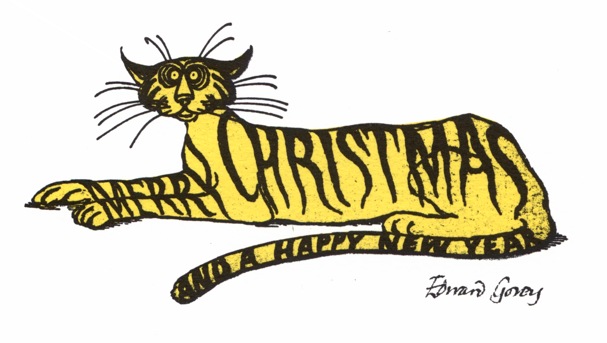At this time of the year, it’s hard to avoid publications’ lists of the Most-Read Pieces of the Year. The desire to parade one’s greatest hits is understandable, though it does seem a little superfluous simply to resurface articles that already topped the Most Popular charts. We thought we’d introduce a little human agency, instead of leaving it to an algorithm. What follows is an eccentric list, in no particular order, of twenty essays the Daily ran this year that didn’t, in fact, break the Internet but that we and some of our colleagues on the Review just really liked.
“The Death and Life of a Great American Building,” by Jeremiah Moss, is an elegy for the St. Denis, a 165-year-old, soon-to-be-demolished former hotel in Manhattan, whose final incarnation was as an ecosystem of therapists and psychoanalysts.
“‘Black Panther’: Choose Your Weapons,” by Namwali Serpell, proved a perfect conjunction of critic and one of the year’s most memorable films.
“Devastatingly Human,” by Jenny Uglow, was a review of a Tate show of work by Francis Bacon, Lucian Freud, and others; but this was almost a random choice because, really, anything Uglow.
“The Crazed Euphoria of Lucrecia Martel’s ‘Zama’,” by Esther Allen, was a favorite nomination of an essay by another writer who has done a great deal of admirable work for the Daily all year.
“Wild Speculation: Evolution After Humans,” by Lucy Jakub, our resident expert on art by naturalists, examines an imaginative menagerie of a post-anthropocene world.
“Renoir’s Onions,” by Christopher Benfey, is a fine example of his genre of blending memoir with artistic and literary aperçus to create brilliant connections.
“The Challenge of ‘Chronic Lyme’,” by Rachel Pearson, was a beautifully executed account of a doctor’s encounter with her patient—and with the patient’s beliefs about her condition.
“Inside the Mayo Clinic,” by Shelley Salamensky, provides the patient’s perspective on a medical institution with a remarkable heritage—including thousands of lifelike wax models once used for teaching.
“Johnnie Tillmon’s Battle Against ‘the Man’,” by Judith Shulevitz, was the second in her continuing series “Forgotten Feminisms,” in this case looking at the remarkable welfare rights movement led by black women in the late 1960s and early 1970s.
“How My Father’s Ideas Helped the Kurds Create a New Democracy,” by Debbie Bookchin, is the incredible story of how Murray Bookchin’s vision of radical democracy was adopted by the imprisoned Kurdish leader Abdullah Öcalan and took root in Kurdish-occupied Syria—an experiment now threatened by US withdrawal.
“What to Expect When a Woman Accuses a Man in Power,” by Kate Maltby, was the first-person story of a British journalist who faced the backlash of going public with sexual harassment allegations against a senior politician.
“Flynn, Comey, and Mueller: What Trump Knew and When He Knew It,” by Murray Waas, was the first in a series of stories that schooled us in how long-form investigative reporting should be done; and there will be more.
“The New ICE Age: An Agency Unleashed,” by Tina Vasquez, was ahead of the curve as an in-depth look at the government bureaucracy that has been at the center of the Trump administration’s immigration policy.
“My Great-Grandfather the Bundist,” by Molly Crabapple, is, of her several wonderful pieces of work for the Daily this year, probably the one that gave us all the most satisfaction—even if it doesn’t feature her art.
“Memories of Mississippi,” by Danny Lyon, was an account by the veteran Magnum photographer of his work as a rookie documentarian for SNCC during the early years of the civil rights struggles in the Deep South.
“How My Father Made Landfall,” by Sylvia Poggioli, was a multilayered memoir of her discovery of an unpublished Auden poem among the papers of her Italian emigré father.
“The World of Cecil Taylor,” by Adam Shatz, was an appreciation of the life and work of the late jazz pianist that had everything, including some lovely personal vignettes.
“Chris Ofili: Caged in Paradise,” by Joshua Jelly-Schapiro, is a finely crafted hybrid piece of criticism, profile, and thinkpiece by the frequent Daily contributor and prolific editor of our World Cup series earlier in the year.
“‘Silence Is Health’: How Totalitarianism Arrives,” by Uki Goñi, was the chilling account of a democratic society’s slide into murderous authoritarianism by an Argentine journalist who lived through the country’s 1976–1983 military dictatorship.
“Cats, Doris Lessing, and Me,” by Vivian Gornick, as you can tell by the title, checks every box in the category of What’s Not to Like?


